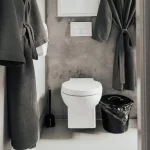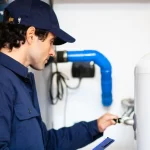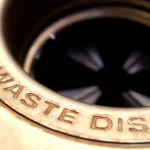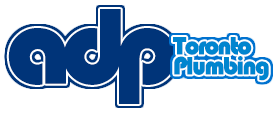No matter how often it happens, every year when the temperatures plummet below freezing in Toronto, plumbing contractors get a flood (pun intended) of calls to come out and attend to kitchen sink plumbing. The reason? Homeowners get hit regularly with frozen water pipes, which result in cracks and water damage if left unrepaired.
With a bit of preparation, however, you can make sure your home doesn’t become a victim of Winter.
Seal the Gaps
Prevention beats out the cure, as we all know. Find out where cold air is getting into your home and take steps to seal the gaps with insulation or caulking. It’s never too late, either; if the deep freeze has already started and you’re only reading this now, thank your lucky stars you’ve been pre-warned and get to it. If you can feel cold spots in your walls but can’t find or reach the airway to seal them, keep your sink doors open so the air can circulate around the pipes.
Maintain the Temperature
There’s no need to punish yourself by surviving a cold house! The money you save on hydro or gas can quite easily be gobbled up by the kitchen sink plumbing repairs you’re going to need when your pipes explode. Rather, set your indoor thermostat to an acceptable heat and keep it there. Home insurance companies recommend setting it at around 20 C or higher.
Close all the windows in rooms that have water pipes, and close the doors to your garage tightly—particularly if it adjoins your house. This will help to provide a cushion of warm air around as many pipes as possible.
When it’s very cold, use reflector or infra-red heat lamps on the drain lines in your basement and other crawl spaces. This will help prevent any unprotected pipes from freezing. Alternatively, insulate them with pipe sleeves or get your local plumber to give you some recommendations.
Clean the Drains
One of the quickest ways to cause a problem with your kitchen sink plumbing is to forget to clean out the drains before the freeze. Any residual debris left in them can freeze solid and cause a backup that you really don’t need. And while you’re at it, check that all your external water pipes are empty and closed. If not, leave them open slightly to allow a trickle of water. Running water won’t freeze, and although you’ll waste a bit it won’t be as much as you’ll waste if the pipes split and you have a flood.
When Thawing is Needed
Despite your best efforts, it’s possible you can still get a frozen pipe or clogged kitchen drain. If that happens, never use a torch to thaw a frozen pipe. You can try a hairdryer aimed at the section for limited stretches of time, or use hot towels or space heaters to do so. Turn off the water supply before you do, in case you’ve sustained a crack you can’t yet see. That will limit your risk of flooding in the event of pipe damage.
Don’t wait until the next polar vortex to protect yourself against flood damage caused by frozen pipes. Get a plumbing inspection today and find out what your risks are.






